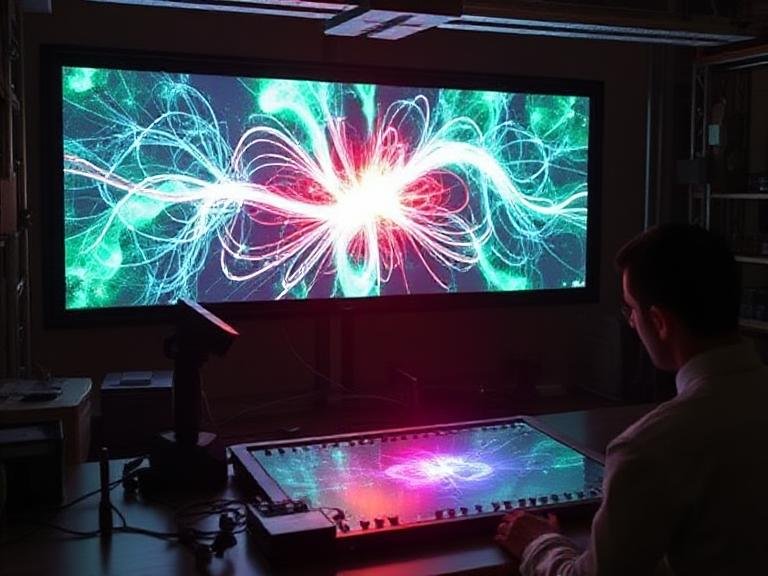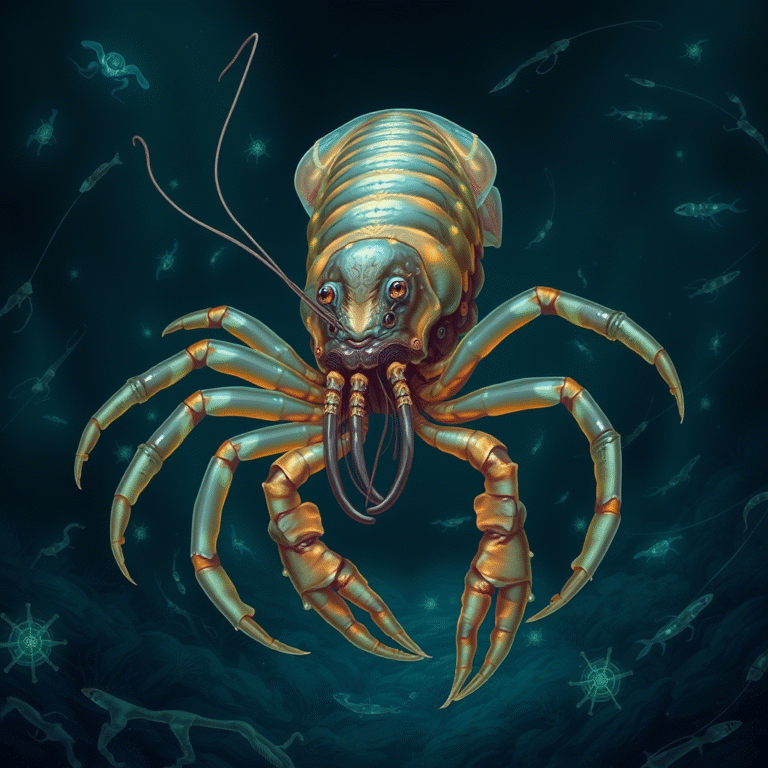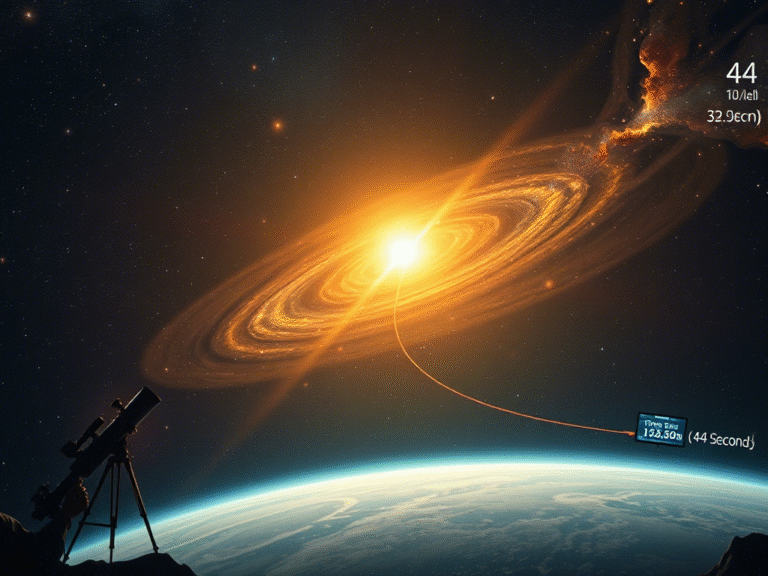Scientists Find Promising Earth Twin Only 35 Light-Years Away

Scientists Find Promising Earth Twin Only 35 Light-Years Away
Scientists have confirmed the existence of a potentially habitable fifth planet in the neighboring L 98-59 system, uncovering a fascinating array of rocky planets that may contain water or experience volcanic activity.
Most Detailed Study of L 98-59 System Completed
Researchers from the Trottier Institute for Research on Exoplanets (IREx) have conducted the most thorough investigation to date of the planetary system orbiting L 98-59, a nearby red dwarf star. Their analysis verified a fifth planet positioned within the star’s habitable zone, where conditions might allow liquid water to exist.
A System Full of Planetary Diversity
Located just 35 light-years from Earth, L 98-59 is orbited by three small exoplanets initially detected in 2019 by NASA’s TESS space telescope. A fourth planet was later identified using radial velocity data gathered by the European Southern Observatory’s ESPRESSO spectrograph. These four planets orbit extremely close to their star, each following a path much shorter than Mercury’s journey around our Sun.
Precise Measurements Reveal Planetary Characteristics
Led by Charles Cadieux of Université de Montréal and IREx, the team reanalyzed extensive data from both ground-based and space telescopes. This comprehensive approach enabled them to determine the planets’ sizes and masses with unprecedented accuracy.
“These new results provide the most complete picture we’ve ever had of the fascinating L 98-59 system,” stated Cadieux. “It’s a powerful demonstration of what we can achieve by combining data from space telescopes and high-precision instruments on Earth, and it gives us key targets for future atmospheric studies with the James Webb Space Telescope.”
Variety of Planetary Types Identified
All planets in the system exhibit masses and sizes consistent with terrestrial characteristics. The innermost planet, L 98-59 b, measures only 84% of Earth’s size and about half its mass, making it one of the few sub-Earths with well-determined parameters.
The two innermost planets may experience intense volcanic activity due to tidal heating, similar to Jupiter’s volcanic moon Io in our Solar System. Meanwhile, the third planet, which has unusually low density, may be a “water world” – a planet rich in water unlike anything found in our Solar System.
Favorable Conditions for Future Studies
The refined measurements show nearly perfectly circular orbits for the inner planets, creating optimal conditions for future atmospheric detections.
“With its diversity of rocky worlds and range of planetary compositions, L 98-59 offers a unique laboratory to address some of the field’s most pressing questions: What are super-Earths and sub-Neptunes made of? Do planets form differently around small stars? Can rocky planets around red dwarfs retain atmospheres over time?” added René Doyon, co-author of the study and Director of IREx.
Discovery of a Potentially Habitable World
One of the study’s major breakthroughs is the confirmation of a fifth planet in the L 98-59 system. This planet, designated L 98-59 f, doesn’t transit its host star – meaning it doesn’t pass directly between us and the star – but its presence was revealed through subtle variations in the star’s motion, detected using radial velocity measurements from HARPS and ESPRESSO data.
L 98-59 f receives approximately the same amount of stellar energy as Earth does from the Sun, placing it firmly within the temperate, or habitable zone, where water could potentially remain liquid.
“Finding a temperate planet in such a compact system makes this discovery particularly exciting,” noted Cadieux. “It highlights the remarkable diversity of exoplanetary systems and strengthens the case for studying potentially habitable worlds around low-mass stars.”
Maximizing Existing Data Resources
Rather than requesting new telescope time, the team made these discoveries by utilizing a rich archive of data from NASA’s TESS space telescope, ESO’s HARPS and ESPRESSO spectrographs in Chile, and the JWST.
They employed the innovative line-by-line radial velocity analysis technique introduced by IREx researchers in 2022 to significantly improve data precision. By combining it with a new differential temperature indicator also developed by the team, they were able to accurately identify and remove the stellar activity signal from the data, revealing the planetary signal with exceptional clarity.
By combining these enhanced measurements with analysis of transits observed by JWST, the team doubled the precision of mass and radius estimates for the known planets.
“We developed these techniques to unlock this kind of hidden potential in archival data,” adds Étienne Artigau, co-author of the study and researcher at UdeM. “It also highlights how improving analysis tools allow us to build upon previous discoveries with data that is just waiting to be revisited.”
Future Exploration with James Webb Space Telescope
These results establish L 98-59 as one of the most compelling nearby systems for exploring the diversity of rocky planets and, eventually, searching for signs of life.
Its proximity, the small size of its star, and the range of planetary compositions and orbits make it an ideal candidate for atmospheric follow-up with the JWST, which the IREx team has already begun studying.
“With these new results, L 98-59 joins the select group of nearby, compact planetary systems that we hope to understand in greater detail over the coming years,” says Alexandrine L’Heureux, co-author of the study and Ph.D. student at UdeM. “It’s exciting to see it stand alongside systems like TRAPPIST-1 in our quest to unlock the nature and formation of small planets orbiting red dwarf stars.”
Research Publication Details





